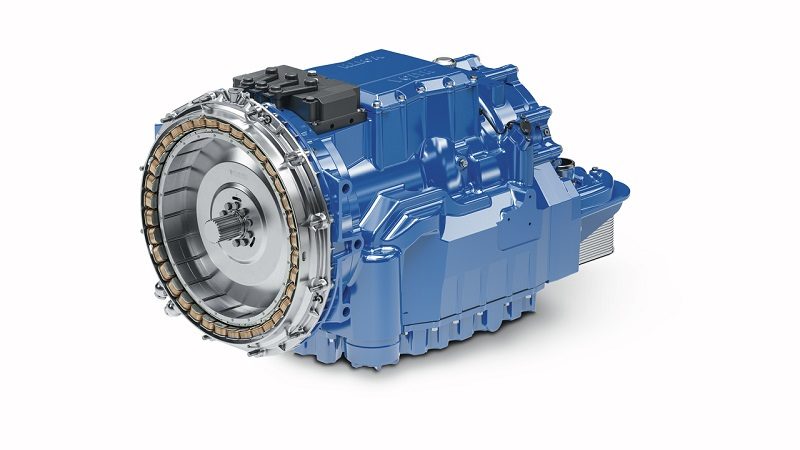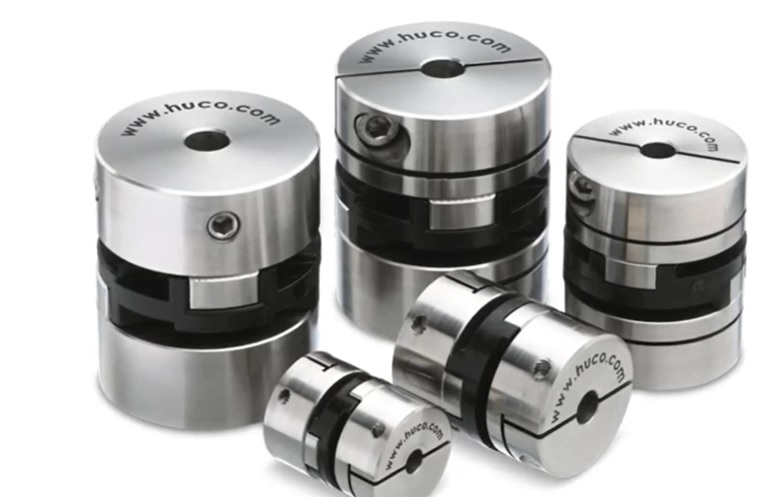Voith Highlights DIWA Transmission Technology for Buses

To date, nearly 400,000 city and intercity buses worldwide have been equipped with DIWA automatic transmissions. Passengers appreciate the comfortable and quiet ride, made possible by the stepless starting and braking functions. For operators, lower fuel consumption and consequently lower emissions – as well as low maintenance costs – are important aspects that have led them to use DIWA technology for many years now.
These properties also largely correspond to the arguments Voith used to promote and launch of the first DIWA model at the IAA in Frankfurt in 1953. While the emission of pollutants did not play a key role 70 years ago, the benefits of fuel savings, efficiency and low servicing requirements were already attracting the interest of OEMs and bus operators in that era. In the same year, a DIWA production facility was opened at Voith headquarters in Heidenheim. This was followed in 1963 by a transmission plant in Garching near Munich.
The high efficiency and associated cost effectiveness of the transmission system were based on the operating principle of its gearbox. The differential torque converter (Differenzialwandler in German, which gives DIWA its name) of the DIWA transmission splits the engine power between hydraulic and mechanical power branches. The gearbox automatically provides the optimum transmission ratio for each driving situation, resulting in the engine always operating in a favorable fuel consumption range.
With its DIWA transmission, Voith set a new standard in the bus segment. Accordingly, demand was high. One of the first major customers was the Berlin public transport authority Berliner Verkehrsbetriebe (BVG). This marked the start of a close partnership between the two companies that has endured to the present day. Not only does the Heidenheim-based technology group fits DIWA transmission systems to the buses of the German capital but it is also the service center for DIWA transmissions.
Over the years, more and more OEMs and bus operators have relied on Voith’s transmission technology. The benefits of the DIWA automatic transmission are also known outside of Germany’s borders. In the early 1980s, Italy and the UK were Voith’s most important markets for the product.
Through the years, Voith has continually refined the DIWA concept, adapted it to new market requirements, and implemented innovative technologies. The IAA in 1973 saw the launch of a further development of the system, the DIWA 851, whose operating principle of the hydrodynamic counter-rotating torque converter is still in use today. This was the first time that an electronic control system had been used in a commercial vehicle transmission. A fourth gear (overdrive) was introduced in 1976. From a specific speed, it reduces the engine rpms to enable more economical operation at a high final speed. Today, the latest DIWA variant has seven gears and features a second overdrive and separate secondary retarder.
With each new generation, fuel consumption was reduced, and adjustments were made to accommodate increasingly higher engine power. Today, intelligent gear-shifting programs are just as much part of the scope of supply as start-up management and start-stop technology, which Voith established in its capacity as one of the leading transmission manufacturers for the bus segment. Above all in city traffic, where buses spend up to 40 percent of their operating time in idling mode, stop-start technology allows a substantial reduction in fuel consumption, with lower noise and exhaust emissions as a result.
Since 2022, Voith has been equipping city and intercity buses and coaches worldwide with the latest generation of the automatic transmission system: DIWA NXT. The mild hybrid system is Voith’s answer to the increasing demand for efficient and environmentally compatible drive technologies. It closes the gap between diesel engines and alternative systems. Drivers and passengers alike appreciate the comfortable ride facilitated by the DIWA NXT and with which the new transmission system continues the tradition of its predecessors. Fleet operators, meanwhile, benefit from fuel consumption savings of up to 16 percent thanks to the innovative technology. Like all generations before it, the DIWA NXT also offers low maintenance and service costs. In addition, Voith offers digital upgrades and monitoring and service tools like OnEfficiency.SmartAccelerate. These tools help the respective operators improve the efficiency of their vehicles in operation and simplify maintenance.
At Busworld Europe 2023, which is set to be held in Brussels from October 7-12, Voith will be putting the spotlight on the DIWA NXT automatic transmission under the banner “Tradition meets Innovation” at Booth 520 in Hall 5. They invite attendees to join Voith in celebrating the 70th anniversary of DIWA transmission technology and to take part in a panel discussion on October 10th at 4:00. Voith will also be showcasing the latest developments of its innovative electrical drive concept VEDS, which has also firmly established itself in the bus segment.





